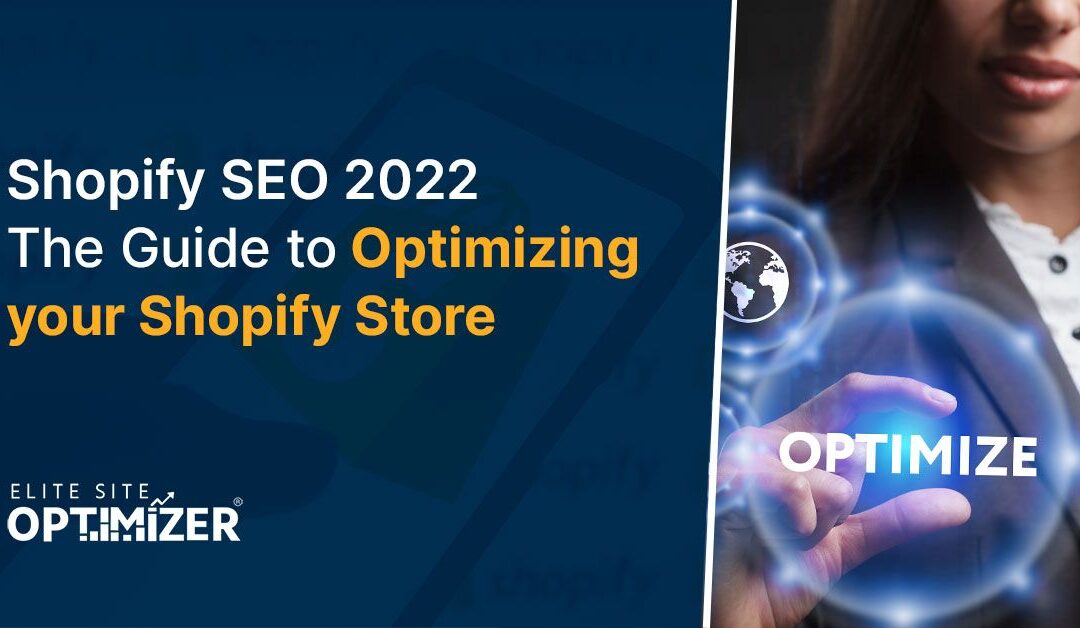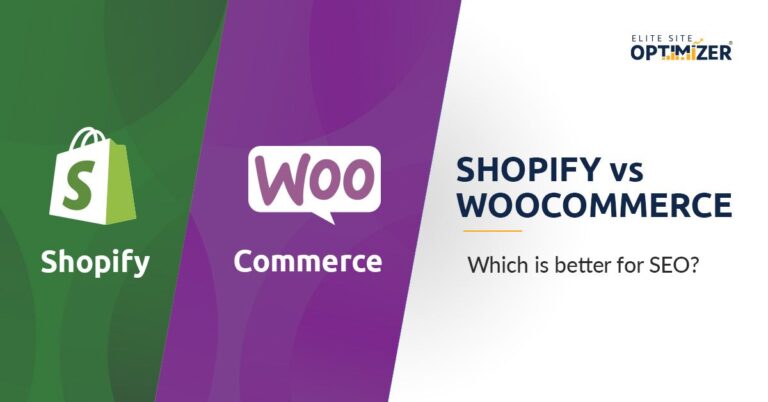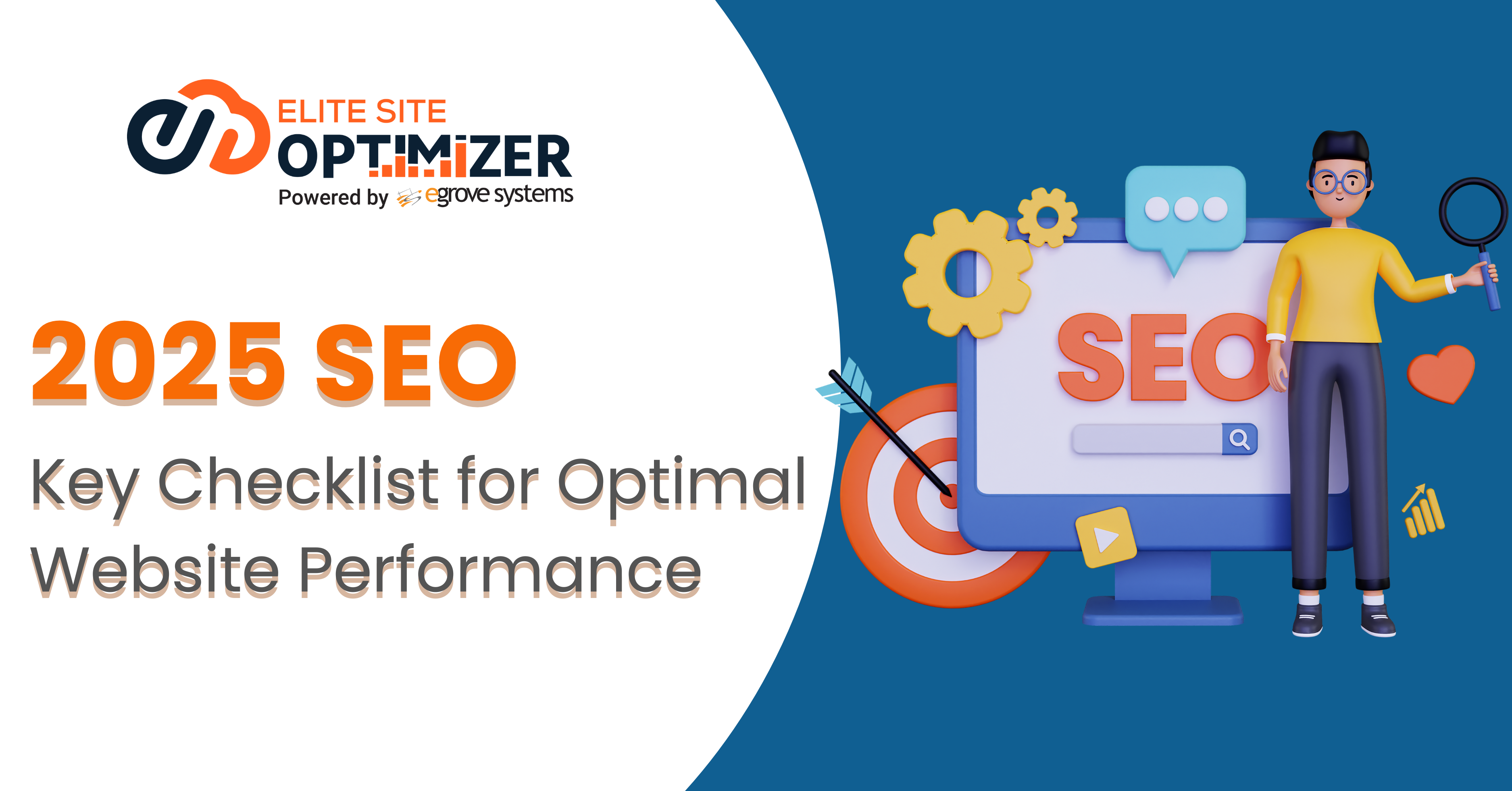“Build, and the audience will come automatically” is no longer applicable today.
With millions of eCommerce stores competing to rank first in the search engine, the competition doesn’t seem to be ending anytime soon. It is clear that for your Shopify eCommerce store to rank on top of the search results, it must be optimized for the search engine ranking. Just building a visually appealing store doesn’t guarantee traffic.
Earlier, ranking your website on Google was a piece of cake. Since there was limited competition, all that a website owner had to do was stuff their website content with the target keywords, and everything would fall in place. People ranked their website on top of the search engine just by stuffing their pages with keywords or buying backlinks. That time is long gone.
Google has announced a penalty for websites stuffed with keywords. Besides that, Google’s ranking algorithm has become more complex than ever. So, just adding a bunch of relevant keywords will not do. You need to consider several factors to optimize your website for search engine ranking. This guide to optimizing Shopify is for eCommerce store owners looking to rank #1 on the search engine. Let’s get started.
What is Shopify SEO?
Shopify SEO is optimizing your eCommerce store for Shopify. Its SEO requirements are similar to that of WordPress. Like how you insert the relevant keywords into your website and improve technical SEO for a better ranking, Shopify requires the store owners to publish high-quality content to secure a good rank.
You need to optimize your product description and alt-text for Shopify SEO. However, Shopify has a few additional requirements when it comes to product ranking. It definitely takes a lot more than adding keywords throughout your content to climb up in Shopify search rankings. If you have just opened a store on Shopify, this guide is for you. Below we have shared some notable tips that can help push your products on top of the search engine. Read them carefully and implement each tip for a better ranking.
Start with Keyword Research
Keyword research is one of the most overlooked yet incredibly important factors in SEO ranking. Your keyword choice can make or break your SEO. Remember that quantity doesn’t matter here. Inserting your target keywords in every paragraph will not help you secure a high rank. Instead, it will get your website penalized. Your focus should be on the quality of the keywords — the phrases and terms your audience is highly likely to type in the search bar when looking for your products and services. This leaves the website owners wondering “how to find the best mix of keywords”? Simple. Start with keyword research.
First things first, you should narrow down your niche. For instance, if you are selling accessories, your niche should be “latest accessories for women” instead of “accessories.” Once you have selected a niche, the next step is to conduct keyword research around it. Google Suggest is your best tool. Type the seed keyword in the Google search bar, and it will show you a list of the most-searched keywords in a similar niche. For instance, type “women accessories” in the Google search, and a list will pop up with the most competitive keywords around your niche. Amazon search is also a good place for keyword research. These tools help you identify the most commonly used terms your target audience uses when searching for your brand.
Keyword Tools for Shopify
While Amazon and Google work fine in revealing the most used keywords in your industry, you can conduct deeper research using dedicated SEO tools. Google only shows the list of the relevant keywords. It doesn’t give you insights into the search volume, the complexity of the keywords, how competitive it is, and other details.
Consider advanced keyword research tools like Elitesiteoptimizer or Google Keyword Planner if you want these additional details. All you have to do is insert the target keyword, and the tool will show you the keyword list with the monthly search volume, competition, etc. Find keywords with low competition and high search volume.
Focus on the User Experience
Your goal isn’t just to bring traffic to your website but turn your visitors into your regular customers. Improve your user experience by working on technical SEO. For instance, your website’s speed matters a lot to your customers. People get frustrated with a slow-loading website. In fact, most people abandon a website that takes too long to load. It isn’t only the home page, but all pages of your website must load quickly. Basically, customers should be able to navigate around easily. These factors will help improve your user experience:
- A mobile-friendly and responsive theme
- Small and search engine optimized images
- No sliders
- Easy-to-use and visible navigation buttons
Your website needs a responsive design so that it looks good on all devices. Whether your audience uses a smartphone or desktop, they must be able to view your website content clearly. The better user experience you offer, the longer your audience will stay on your website, and the higher the possibility they will do business with you. The time your audience spends on your site is an important ranking factor.
Read Also :- SEO checklist for Holiday Season eCommerce Sales 2021
Improve Navigation
Another important factor that Google takes into consideration when ranking your website is how easy it is to navigate. A website that’s easy to navigate will most likely have a higher user engagement rate and lower bounce rates. So, how can you improve your website’s navigation?
Start with the homepage. Your customers land on your homepage when searching for your products. They must have a seamless experience navigating around. To start with, make sure your product pages can be navigated easily from your homepage. An ideal navigation structure is something that allows your audience to find your product page without having to click more than three times. Here’s what the navigation should look like:
Home >> Product Category >> Product
The next step is to optimize your menu. The menu should display the list of the items on your website. One important thing to check here is that each item listed on the menu should point to its title. For instance, if you have used “about us” as the item’s title in your menu, you must be redirected to the “about us” page only. Likewise, when adding internal links to your website, make sure you use the anchor text that directs people to the page the text is pointing to. Let’s say you published a blog post on your website and inserted a link to one of the products on your Shopify store. The proper link structure for this product should look like this:
Check out this latest women’s footwear.
Instead of,
Here is the footwear you might like.
The goal is to keep navigation as simple and smooth as possible for a better user experience. Your audience should have no difficulty navigating your website.
Collect Backlinks
Like any other website competing to rank in the search engine, your Shopify store needs good quality backlinks to rank high on Google. That’s why you need to collect high-authority backlinks from reputable websites. Not that the quality of these links matters more than the quantity. The backlinks you’ve generated from low-ranking sites will make no difference to your site’s ranking.
When a website adds a link to your blog or product, it is considered a backlink. If a high-authority website links to your page, your chances of ranking high in the search results increase dramatically. Google prioritizes websites that have a good number of high-quality backlinks. As mentioned before, not all backlinks have the same impact on your search rankings. For instance, links from Facebook, Twitter, and other social media are not counted. However, a link from a website like CNN can make a world of difference to your ranking. So, how do you know the value of a website linking to your page?
You need to check the domain authority to understand its value. Here are a few easy ways to earn backlinks from high-authority websites:
- Post blog posts on these websites. The website will allow you to insert a couple of links pointing to your product page on Shopify. Or, they might link back to your page by publishing a small bio about you at the end of the post.
- Approach influencers and bloggers to review your products. You have to send them a free product, and they will gladly upload a review for free.
- Post meaningful content that generates backlinks automatically
Note that Google penalizes websites that buy and sell backlinks. Make sure you don’t engage in these practices. Avoid buying backlinks at all costs. You should rather focus on the natural ways to generate backlinks.
Bottom Line
Website optimization is important for your website ranking. You can’t rank your Shopify store if your content is not optimized for the search engine. The above tips will help you generate website traffic, drive more qualified leads, and get more conversions. Hope it helps!






